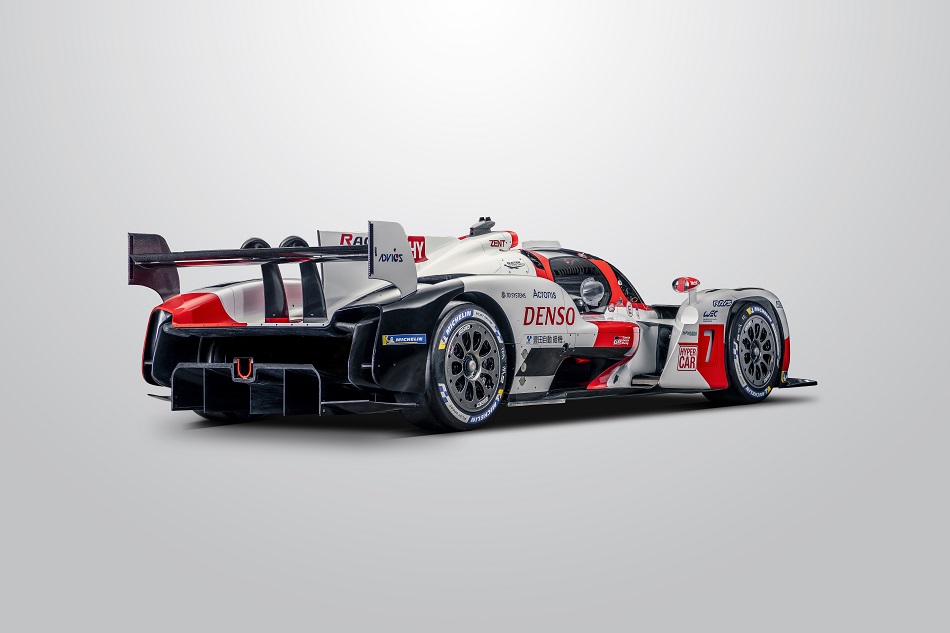Longer, wider and heavier than the TS030, the GR010 still makes 500 kW from the V6 petrol engine alone,

Toyota GR010 Hybrid
Toyota Gazoo Racing is already testing its all-new GR010 Hybrid Le Mans Hypercar, that will compete in the 2021 World Endurance Championship. The reigning sports car world champions and three-time Le Mans winners will defend their titles using a racing version of the upcoming hypercar road car.
Team President Hisatake Murata said WEC participation under the new Racing Hybrid branding would enhance Toyota’s understanding of hypercar technology and help deliver more exciting road going sportscars to customers.
Team driver Brendon Hartley said the GR010 previews a car that customers will soon experience on the road. “Endurance racing has always been a proving ground for new technology and now it is even more road-car relevant,” he said.
The GR010 prototype was developed over the past 18 months by engineers at the team’s headquarters in Cologne, Germany, and the electric hybrid powertrain experts at Toyota’s Higashi-Fuji technical centre in Japan. It incorporates a four-wheel-drive hybrid powertrain, with a 3.5-litre V6 twin turbo engine, providing 500 kW of power to the rear wheels. This is combining with a 200 kW motor generator unit on the front axle.
To mark this new era for Toyota Gazoo Racing, a fresh livery includes the GR lettering to indicate the link between race and road cars. Newly crowned world champions Mike Conway, Kamui Kobayashi and José María López will drive the #7 GR010 while Sébastien Buemi, Kazuki Nakajima and Brendon Hartley will race with the #8 car. Nyck de Vries continues in his role as test and reserve driver.
As part of cost-cutting initiatives incorporated in WEC regulations, the GR010 is 162 kg heavier and has 32 percent less power than its TS050 predecessor, with Le Mans lap times expected to be around 10 seconds slower. It also has larger dimensions: 250 mm longer, 100 mm wider and 100 mm higher. The new technical regulations permit only a single homologated bodywork package, with only one adjustable aerodynamic device.
For the first time, the top class of WEC and Le Mans will feature a balance of performance, allowing organisers to modify the performance of each car in a bid to ensure identical performance potential from each Le Mans Hypercar. Those battles will be fought over six races on three continents, beginning with the 1000 Miles of Sebring on 19 March prior to the 6 Hours of Spa-Francorchamps on 1 May and the season highlight, the 24 Hours of Le Mans on 12 and 13 June. The first World Championship Endurance race at Monza since 1992 will take place on 18 July before trips to Fuji Speedway on 26 September and Bahrain on 20 November, all of which are six-hour contests.
For more news your way, download The Citizen’s app for iOS and Android.
Download our app






